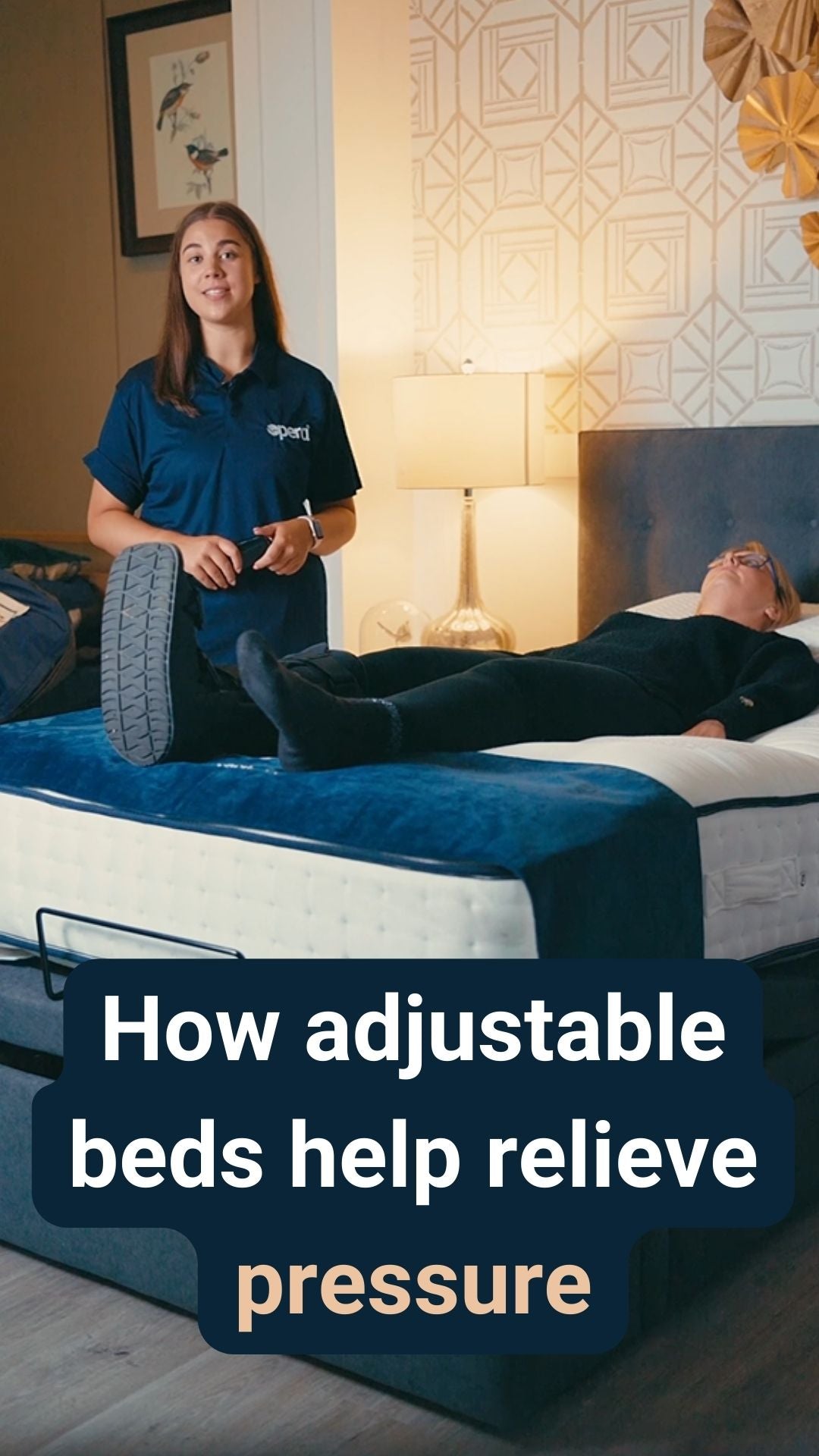In simple terms, Oedema is the occurrence of swelling in the legs, ankles, feet lymph nodes or abdomen. Although Oedema can affect anywhere on the body, it is often these areas that are most common. Oedema is caused by a buildup of fluid, which can be due to number of reasons, most often complications from other conditions.
Related blogs

How to Choose the Best Hospital Bed for Your Loved One's Recovery
Having the best hospital bed for you or your loved one is key when it comes to recovery. However, with so many options available, it...

Hospital Beds 101: What They Are and How They Benefit Patients
For many individuals with medical needs, a hospital bed is far more than just a piece of furniture, it's enhanced comfort, safety, and independence. Originally...
Oedema Symptoms
As well as swelling, Oedema can also lead to a range of other symptoms which can occur. These are:
- Pain and discomfort
- Stiff joints
- Stretched, shiny, or discoloured skin
- Fluid leaking from the skin
- A feeling of tightness or heaviness
- Difficulty moving
- Thickening of the skin
- In cases of lymphoedema, skin infections can occur
Further Symptoms of Oedema
Depending on the type of swelling or Oedema, it may not go away on it’s own. It’s important that Oedema is treated properly and not left untreated as this can cause:
- Scarring between layers of tissue
- Decrease blood circulation
- Increased risk of skin ulcers
- Decreased elasticity of veins, muscles, arteries, and joints
Causes of Oedema
Oedema can happen to anyone, but is often caused by the following:
- Standing or sitting too long in the same position
- Being overweight
- Pregnancy
- Certain medications – steroids, anti-depressants, blood pressure medicines, contraceptive pills
Less common causes of Oedema include:
- Injuries such as sprains or strains
- Problems with your heart, kidneys, or liver
- An infection
- A blood clot
- An insect bite or sting
- Premenstrual syndrome
It is difficult to estimate how many people in the UK suffer from oedema and there don’t seem to be any studies being done to determine the number. But estimates suggest between 76,000 and 227,000 people in England suffer from lymphoedema.
Related Videos
Medical conditions related to Oedema
Oedema may also be a secondary condition, a symptom of other conditions such as:
- Congestive heart failure
- Kidney disease
- Kidney damage
- Cirrhosis
- Severe, long term protein deficiency
- Weakness or damage to the veins in your legs
Types of Oedema
There are three main types of oedema. Peripheral oedema, lymphoedema, and ascites. Less common types of oedema include cerebral oedema (fluid buildup in the brain), pulmonary oedema (fluid buildup in the lungs), and more.
Peripheral Oedema
Peripheral oedema, often just called oedema, is the swelling of tissue in the peripheral vascular system, most often in the lower limbs.
Lymphoedema
Oedema of the lymphatic system is called lymphoedema. The lymphatic system is made up of lymph nodes and lymph vessels (tiny tubes). Typically the fluids in your body drain into these vessels, to carry them back to your heart and through your blood. If something happens to these vessels, then the fluid gets stuck. There are several things that can cause issues in your lymphatic system, including cancer treatments such as radiology and surgery.
Ascites
Ascites is the word used to describe when fluids pool in your abdomen. This can happen when there are too many fluids in your body or when the drainage system in your abdomen is blocked. Along with the symptoms mentioned above, those suffering from ascites can also experience acid reflux, nausea, and breathlessness. Ascites is a secondary condition that can develop from liver failure, heart failure, kidney failure, and cancer. Some treatments are similar to those mentioned below but also include inserting a tube into the abdomen to drain fluids.
Diagnosing Oedema
It is always worth speaking with your local GP if you have symptoms of Oedema – especially if they are not going away. To better understand the cause of Oedema, a health professional will often conduct a physical exam and talk through your medical history. In other cases, you may be required to provide a blood test or ultrasound exam.
Managing Oedema
Oedema often disappears on its own but there are several options for treating it, to help drain the fluid and reduce swelling. Some of these include:
- Wearing compression stockings
- Putting your feet up when you’re sitting or lying in bed
- Certain medications
- Staying active, even if it’s only a little exercise
- Massages
- Avoiding alcohol
- Avoiding salty foods
- Eating potassium rich foods
- Drinking water
- Losing weight (if you are overweight)
FAQs About Oedema
Can oedema be dangerous?
If left untreated, yes. Oedema itself won’t kill you but it can lead to complications that might be deadly. Oedema can also be a secondary condition of a much more serious disease, such as cancer, so always seek treatment for oedema symptoms unless you know what is causing it.
What foods should I avoid to help with oedema?
Only drink alcohol in moderation, and avoid: animal proteins, soy, most dairy products, dried shellfish, fried foods, salty foods, white sugar, and white flour.
Do bananas help with oedema?
Foods high in potassium can help with oedema by keeping your body chemically balanced. This includes bananas, kidney beans, avocadoes, and sweet potatoes, to name a few.
Does drinking water help oedema?
Oedema is the buildup of fluids in the body, so it seems like adding more fluids would be counterproductive. But actually, drinking water can help get those fluids moving, and reduce swelling.
What kind of doctor treats oedema?
Oedema has many different causes, so the doctor treating you will depend on what is causing your oedema. This can include general practitioners, oncologists, cardiologists, nephrologists, etc.
For more information about oedema and for resources near you, please refer to the following sites:
- NHS.uk: NHS is an excellent resource for learning about many different conditions and diseases. The page linked here provides information about oedema and offers assistance finding services near you.
- MarieCurie.org.uk: Along with offering detailed explanations of many different conditions, this site offers numerous resources from help finding hospice care, to finding in-home help.
- MayoClinic.org: MayoClinic is an informational site that pays attention to the minute details such as diagnosis and what you should expect from your doctor during diagnosis. If you are suffering from oedema, the page linked here can tell you what to expect.
- HealthTalk.org: ○As the name suggests, HealthTalk is a site that “talks” about different health conditions, as well as allowing you to read about people’s personal experiences. The page linked here talks about oedema as a symptom of heart failure.
Beds for Oedema
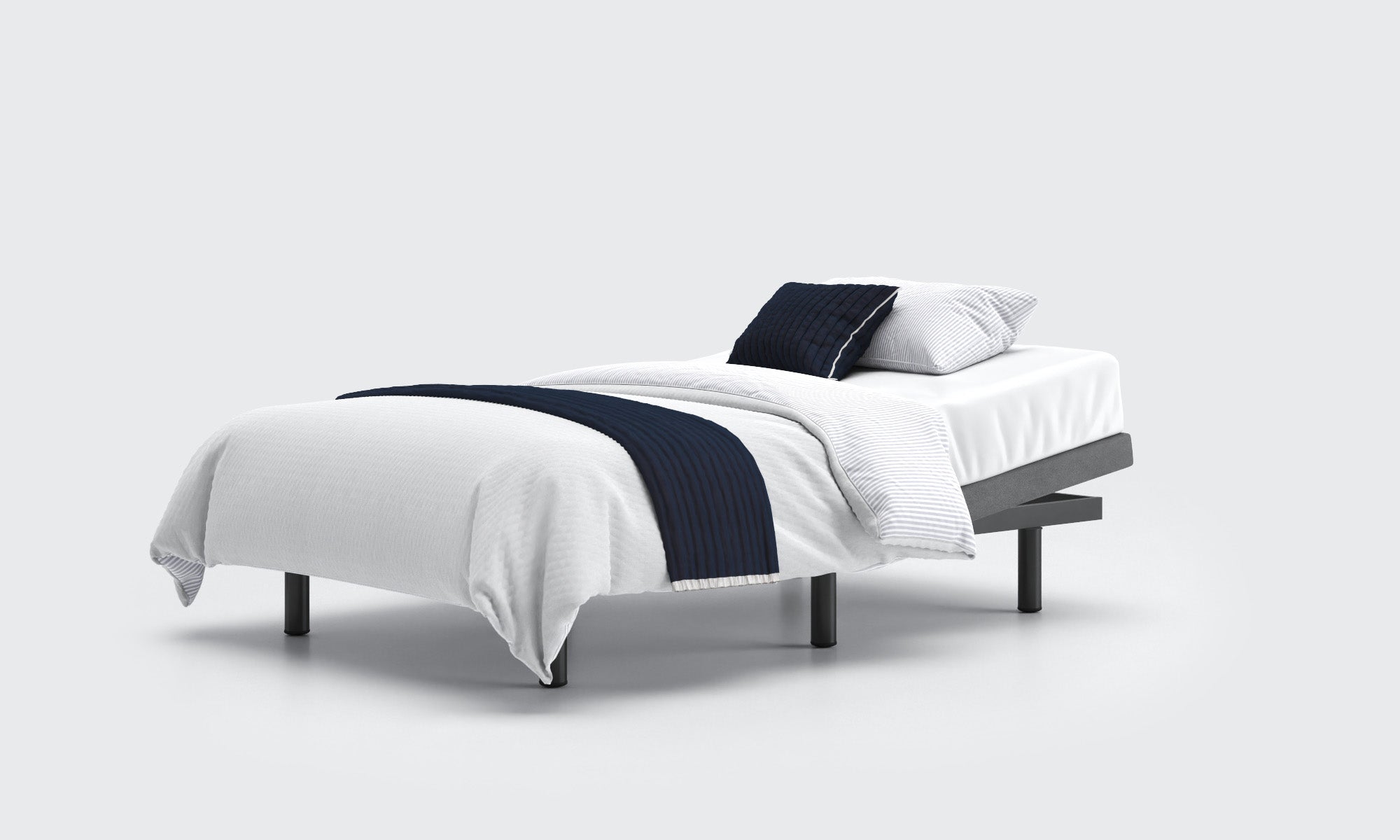
Motion
Adjustable Base
- Minimalist Practical Styling
- Adjustments, Zero Gravity, Light, Massage and More
- Single, Small Double, Double, King & Super King Sizes
£695 With VAT Relief
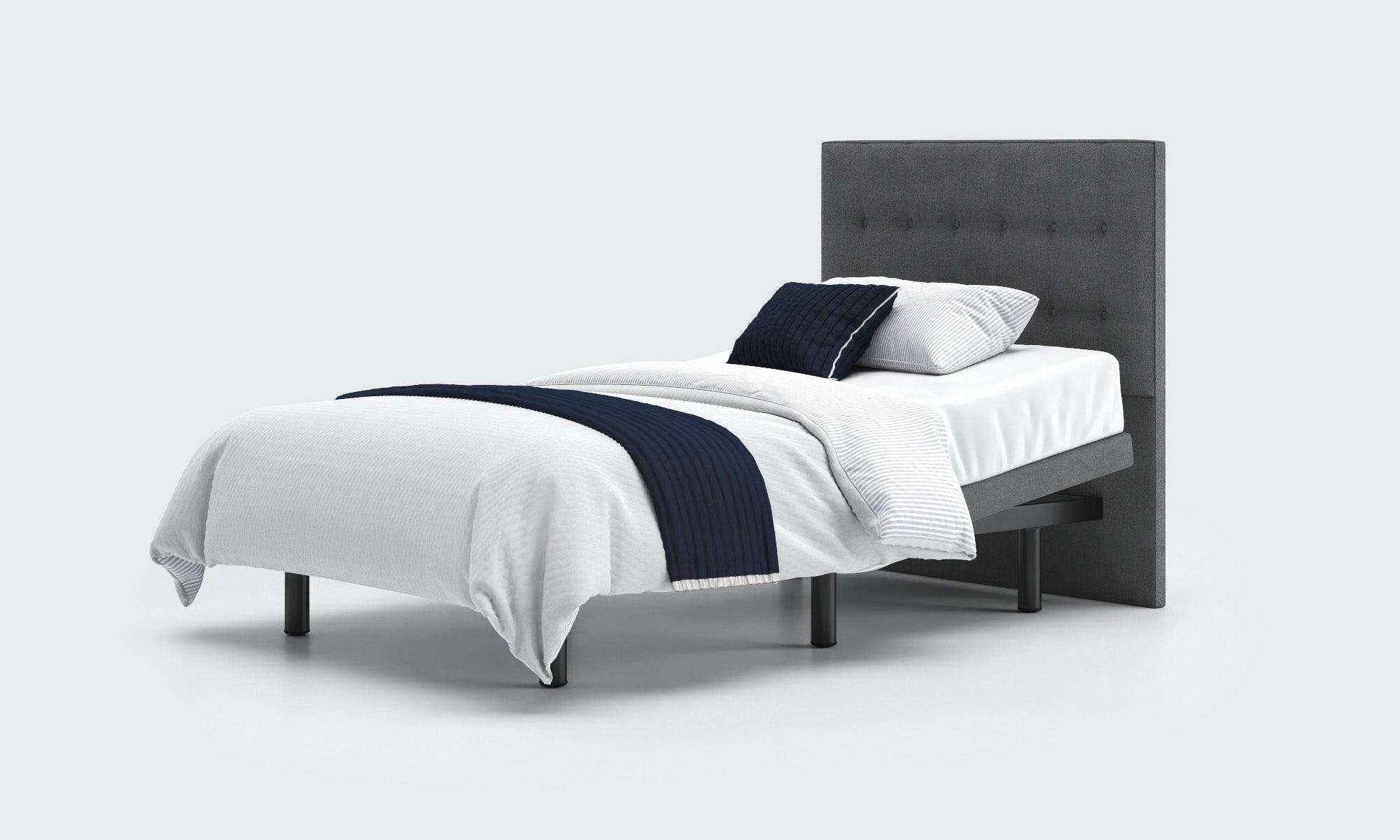
Emerald Motion
Adjustable Bed
- Complete with Button-Back Headboard
- Range of Adjustments Including Zero-Gravity
- Wireless Control with Illuminating Buttons
- Single and Dual Sizes Available
- Choice of Linen or Anthracite Fabric
£945 With VAT Relief
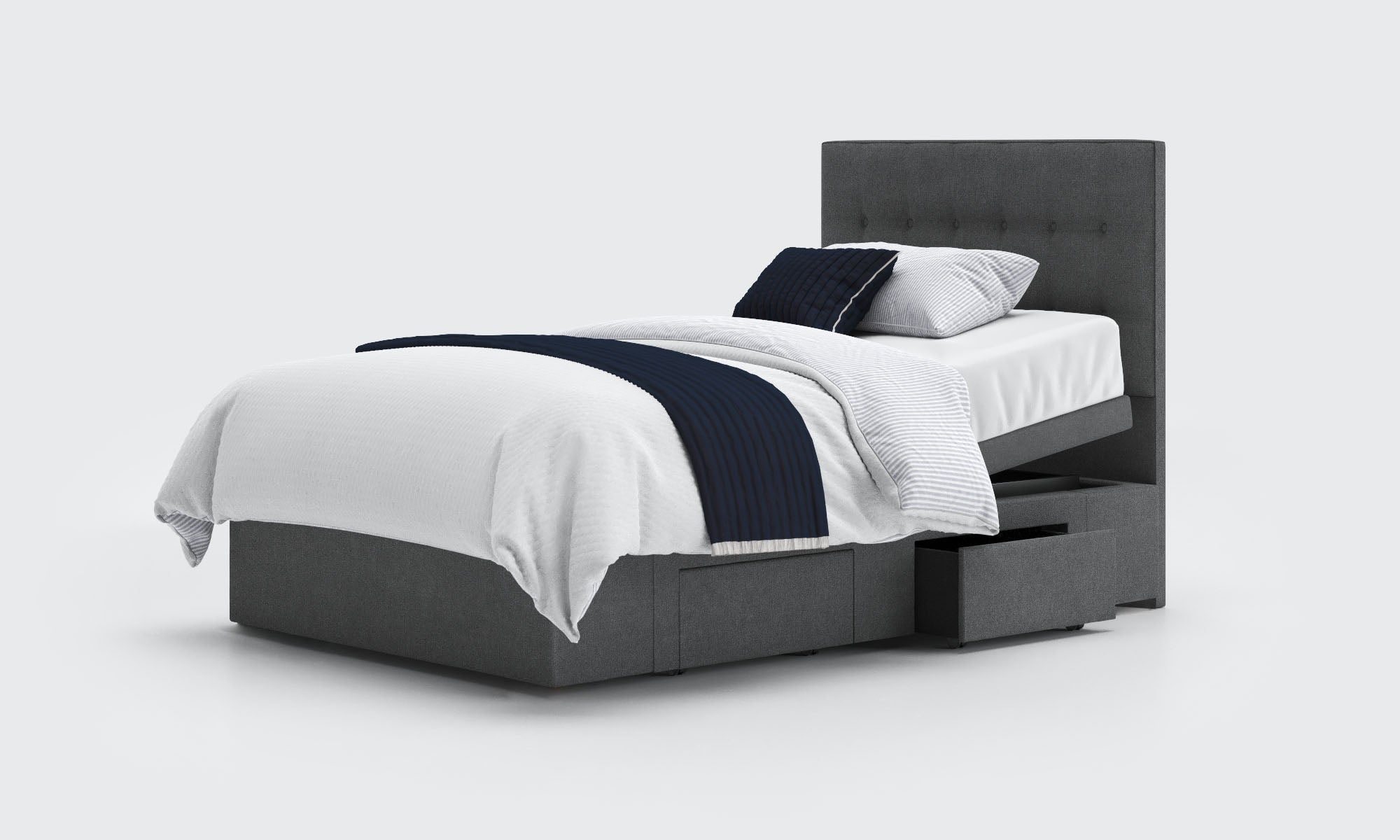
Emerald Motion Divan
Adjustable Bed
- Full Deep Divan Style Complete with Button Headboard
- Comes with a Range of Adjustments & Optional Upgrade
- Available in Single & Dual Size
- Choice of Fabric & Storage Drawers
£1,245 With VAT Relief

Signature Low Footboard Profiling Bed
- All-in-one height range 24.5-73cm
- Footboard sits lower than the mattress
- Choice of 3 widths
- Suitable for progressive care needs
£1,995 With VAT Relief
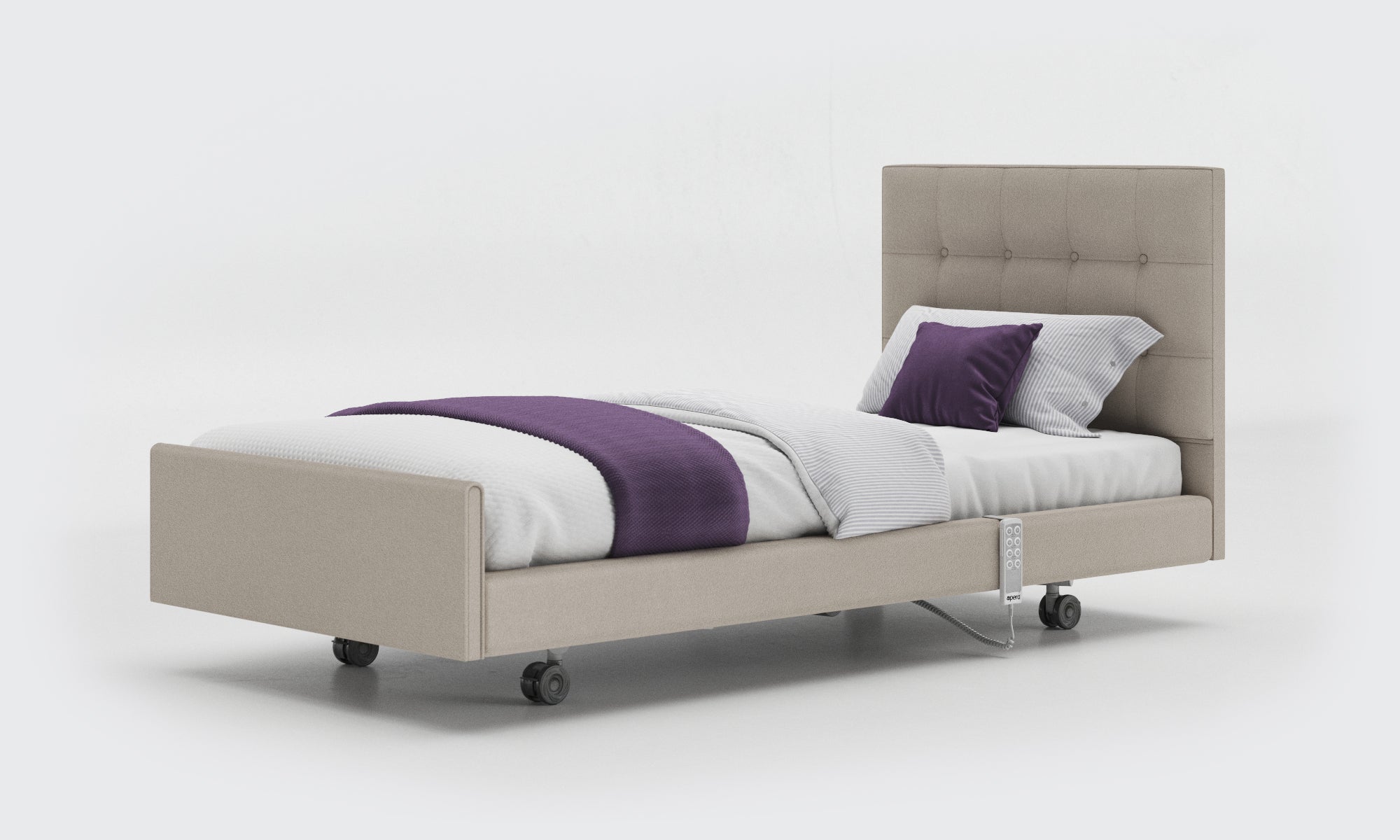
Signature Comfort Profiling Bed
- Fully upholstered with a range of headboard choices
- Great choice for style-conscious users
- All-in-one height range 24.5-73cm
- Ideal choice for users with home-visit carers
£2,895 With VAT Relief
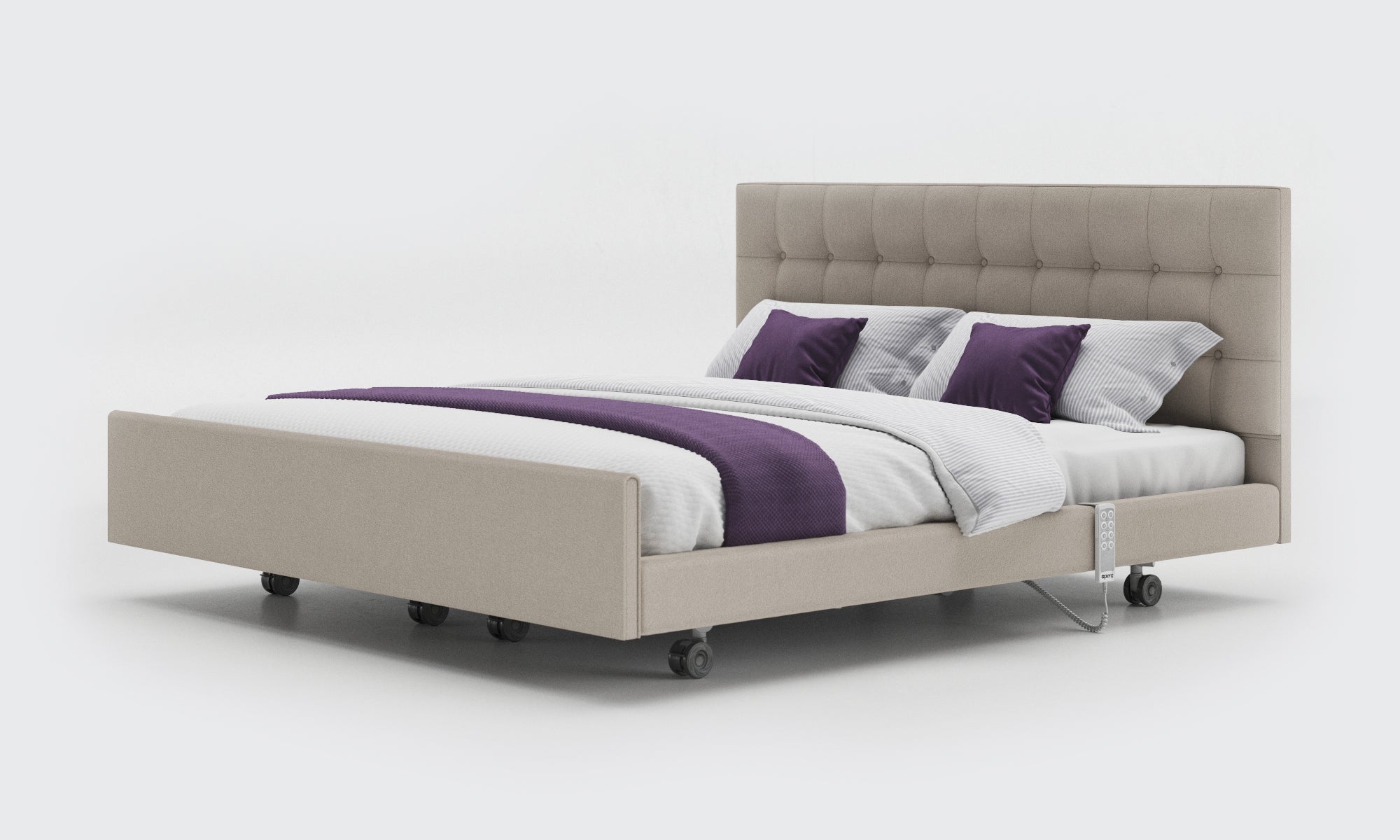
Signature Comfort Dual Profiling Bed
- Dual care bed for two people
- Fully height adjustable for easier getting in/out
- Stylish design with headboard choices
- Ideal choice for couples with care needs
£4,995 With VAT Relief







